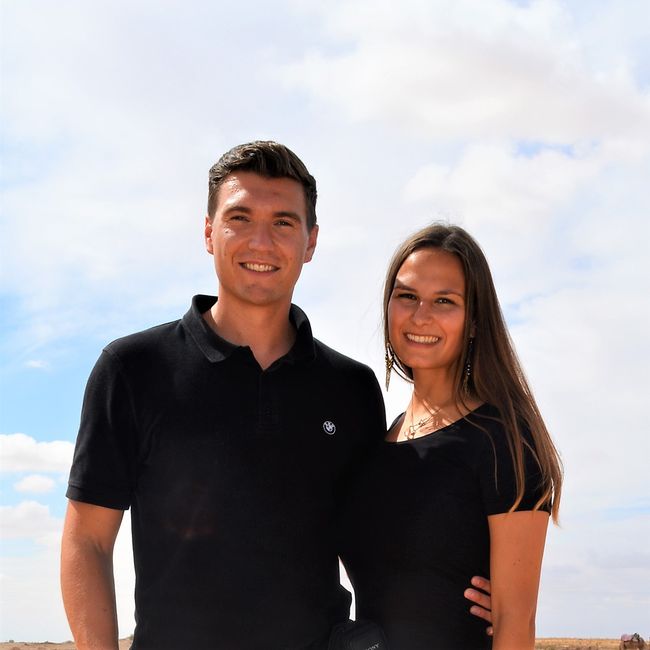Chiang Mai: From Titanic feelings to Thai massage
Publicado: 01.07.2019
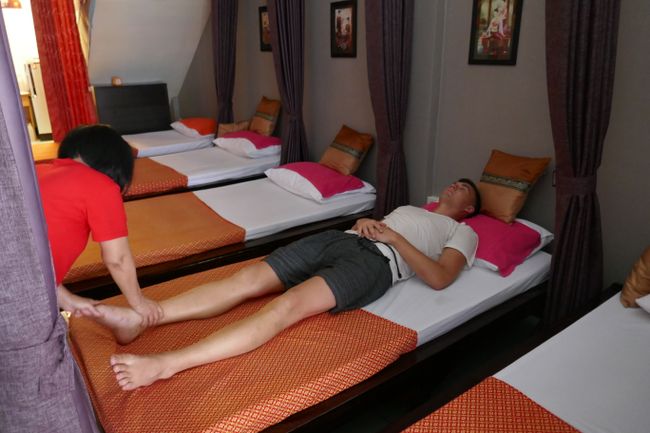
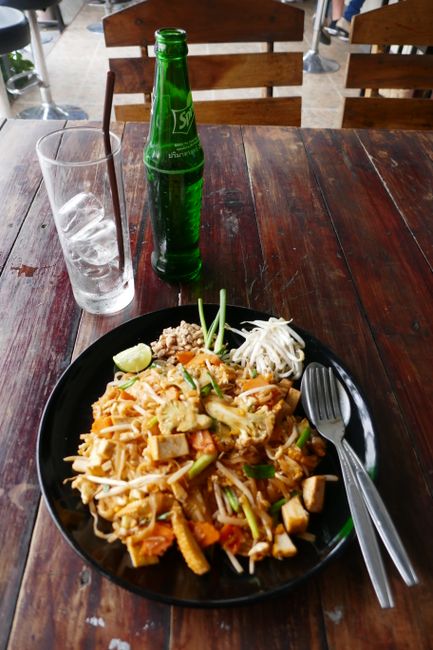
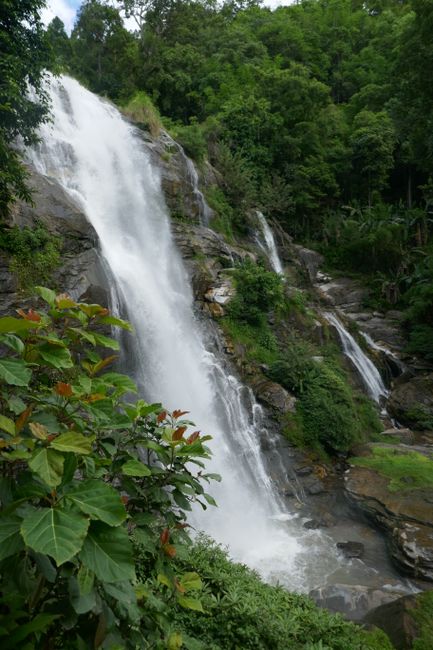
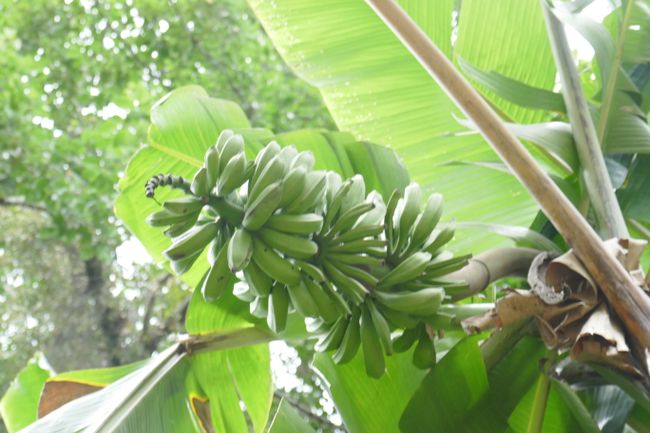
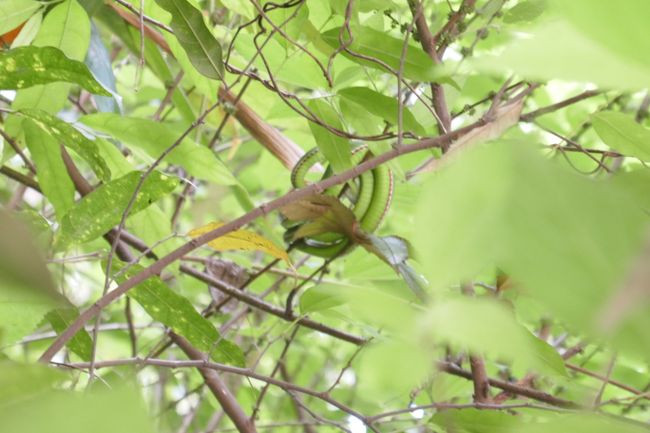
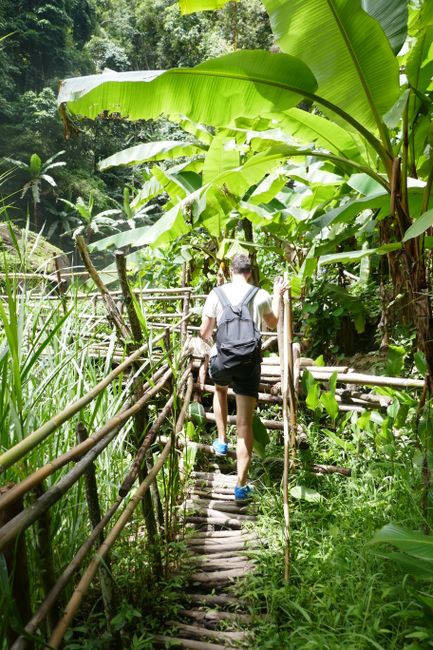
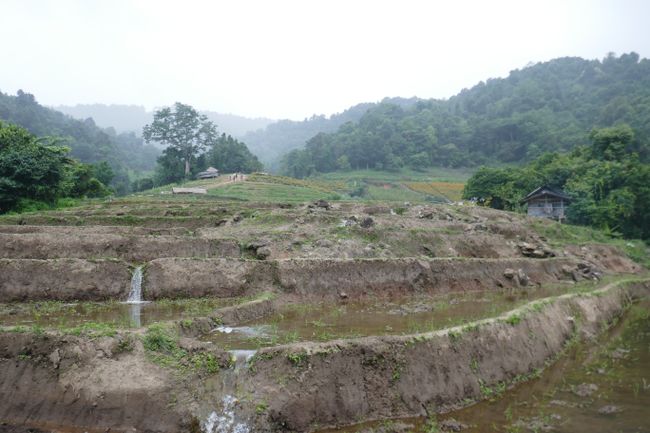
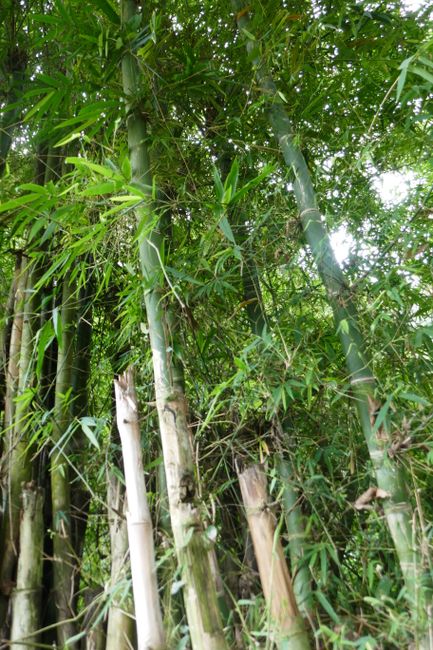
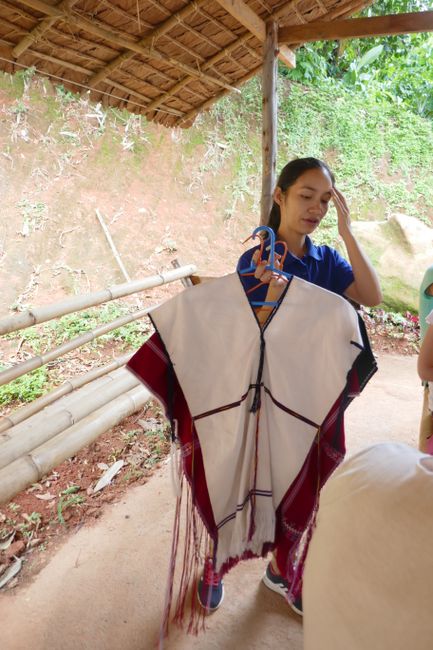
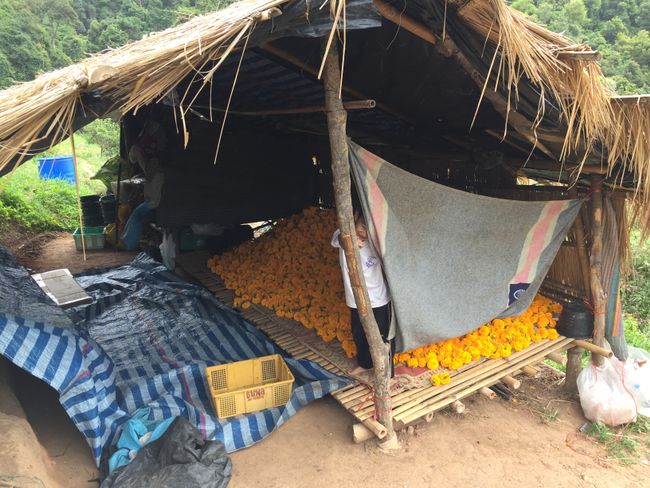
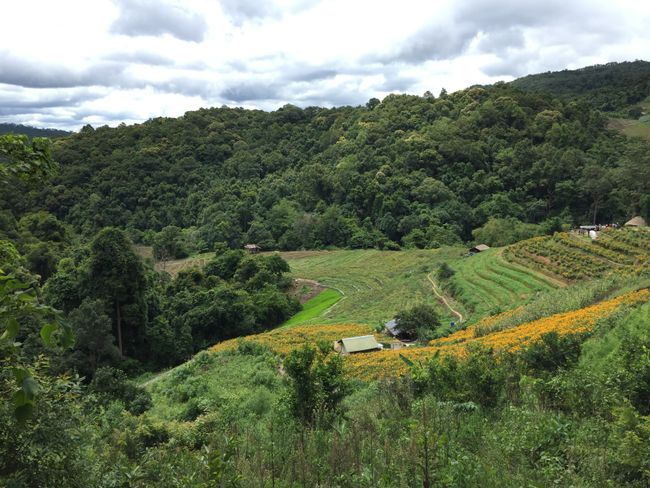
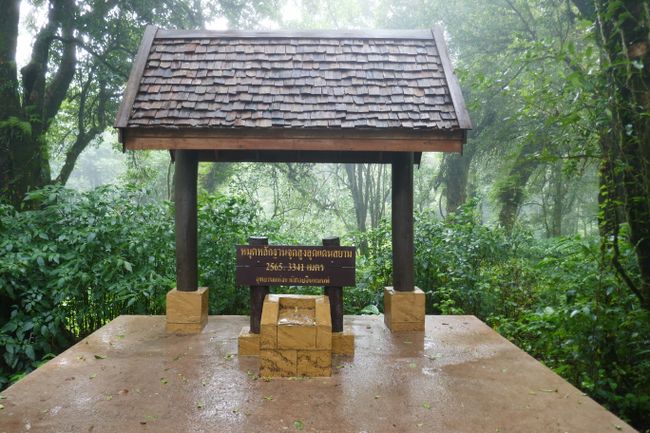
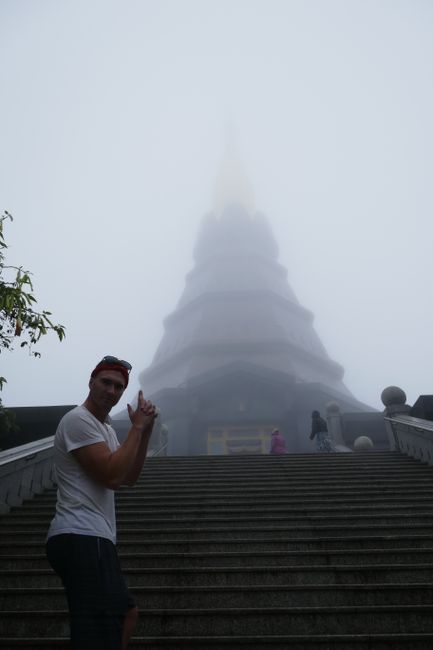
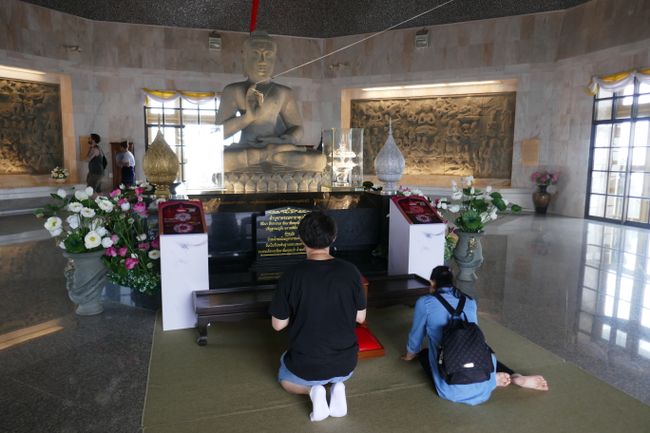
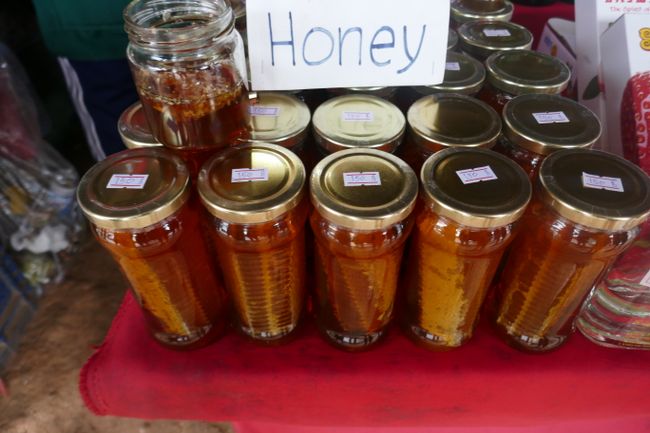
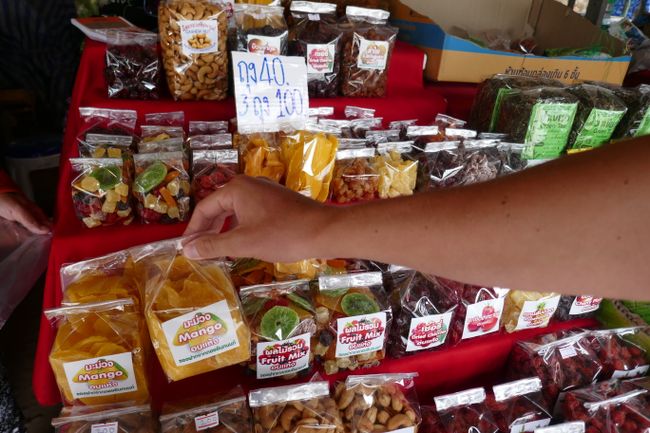
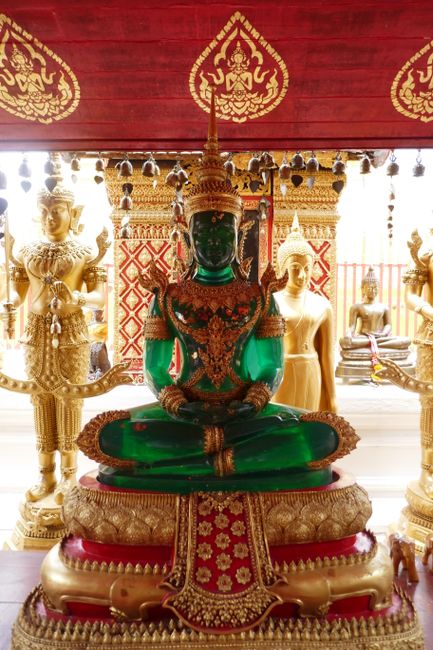

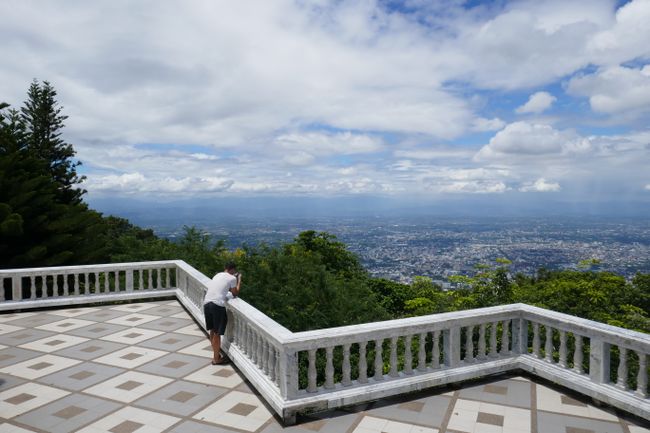
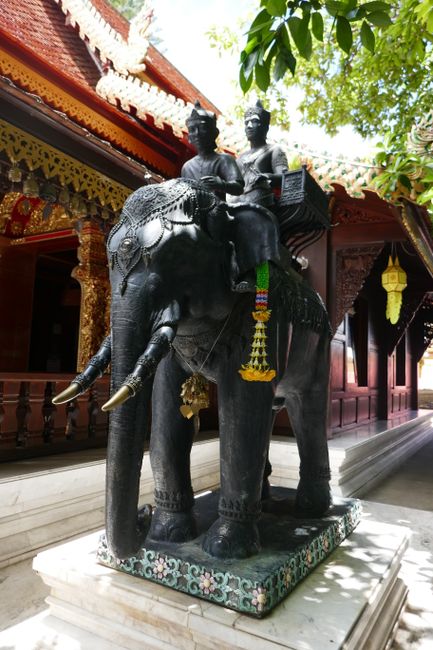
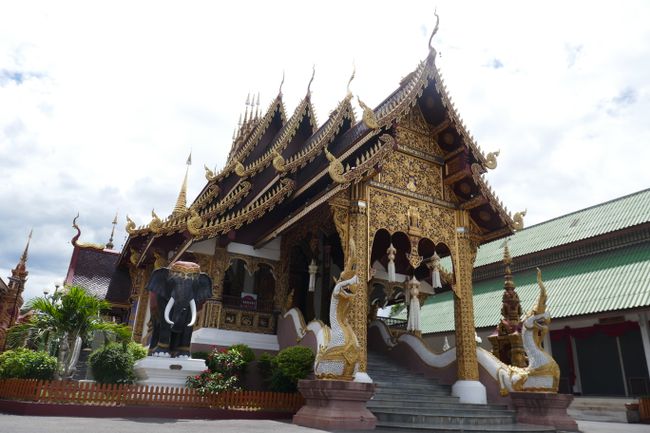
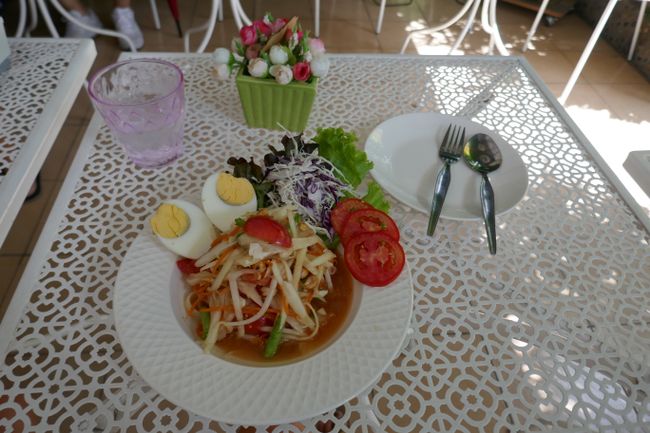
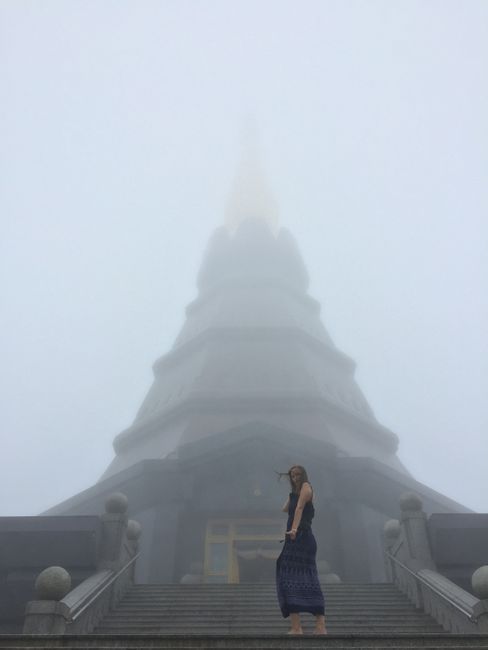
Subscríbete ao Newsletter
No, our boat did not sink. And no, we did not end up dramatically holding onto a broken piece of wood in the Mekong River. Here is the continuation of our '2-day boat tour' to Chiang Mai, which was unexpectedly extended to a 3-day transfer to the second largest city in Thailand's north. How come? As you may recall from the Luang Prabang post, our second day of travel was just as cool as the first, but with a concern: the question of 'what happens after the boat ride?' was on our minds. The uncertainty of how we would get from the Laos-Thailand border to Chiang Mai, coupled with the fear of not being able to reach the probably most popular travel destination in Southeast Asia today, added to our concerns. We learned from fellow travelers and some travel blogs that the immigration offices would close at 5 p.m. Another passenger on the boat had read on their website that there were longer opening hours, but additional costs after 5 p.m. As is often the case when traveling, there is a lot of conflicting information and no matter how much you plan and research, the actual process often turns out differently...
Upon arrival in the border town of Huay Xai (already past 6 p.m. instead of the planned 4 p.m.), the ubiquitous tuk-tuk drivers greeted us with calls of 'best price.' After negotiating the price with a slightly (or strongly) tipsy and therefore accommodating driver, the American girl, a Japanese man, a South Korean couple, and ourselves headed to the border. Fortunately, when leaving Laos, no extra dollars were required (unlike when entering). We took a bus to the Thai border control - and the scene that greeted us when we got off the bus was not exactly what we had expected: surrounded by the melodious sounds of the Titanic movie theme song, border officers were playing table tennis to our left. Our little group was led into a pleasantly air-conditioned room with coffee, tea, and water. Apparently, this room was also used to fill out our entry forms. Afterwards, we were taken to the small passport stamp offices.
Our border officer's shift seemed to have just begun, as he strolled over from somewhere, initially taking care of the right music on YouTube - he opted for lively Latin beats - and then skillfully circling his shoulders in rhythm. We concluded that he probably did this more often. Welcoming us cheerfully, he took our passports. By far, this was the coolest border crossing we had ever encountered - and without any extra costs or other anticipated hassle!
After successfully completing that, we faced an important decision: Would we go to Chiang Mai on that day or the next morning? The public bus did not run at this time, so the only option was the private minivan, which turned out to cost not 65 USD as originally thought, but 140 USD. By now it was already 7:30 p.m., and the journey to Chiang Mai takes about 4-5 hours. The hotel we booked there did not have a 24-hour reception, so we wouldn't have been able to check in anyway. However, we didn't want to waste another day with a transfer. Since the Japanese man and the two South Koreans wanted to stay in the Thai border town of Chiang Khong for the night, the American girl also agreed. Considering the price of the car, which we would have shared otherwise, we had no choice. We found a nice accommodation not far from the bus stop, from where we planned to take the first bus to Chiang Mai at 7:30 a.m. the next day. For the first time on our trip, we shared a room with someone we did not know before, as we had always avoided dorm rooms due to the noise and our precious privacy. Since we wanted to get up at 6 a.m. in the morning and we got along well with each other, this was not a problem.
What bothered us, however, was the duration of the bus ride: we traveled for at least 7 hours! So, half of the day was already gone! Therefore, we had to reluctantly book another night in Chiang Mai. Unfortunately, even with the extension, our accommodation did not adjust the cost for the first night that we couldn't stay there.
After checking in, we strolled through the colorful streets of Chiang Mai to have lunch in the afternoon.

There were also several travel agencies along the way, and since we definitely wanted to visit a national park during our stay in northern Thailand, we decided to book a tour for the next day - of course not without comparing and negotiating prices at several agencies. After hearing the phrase 'I will make you the best price,' it's often worth looking for other offers. We also could not believe our ears when we learned about the marketing strategy at one of the travel agencies: there was a cheaper tour and a more expensive one. We were told 'don't book this tour because there are Chinese people attending and you don't want them, right?' Well, what can you say to that? Of course, for the most part, we were not fans of Chinese tourists, and we had already heard from several people in Southeast Asia about their unpopularity. Using this as a sales strategy was amusing (and somewhat questionable), but on the other hand, why should we pay more for that? In any case, we found a suitable 'Trekking Tour to Doi Suthep-Pui National Park' at the last agency we visited.
The next day, we were picked up at 7:15 a.m. by a group bus.
Here's what was on the agenda, as shown in the following pictures:

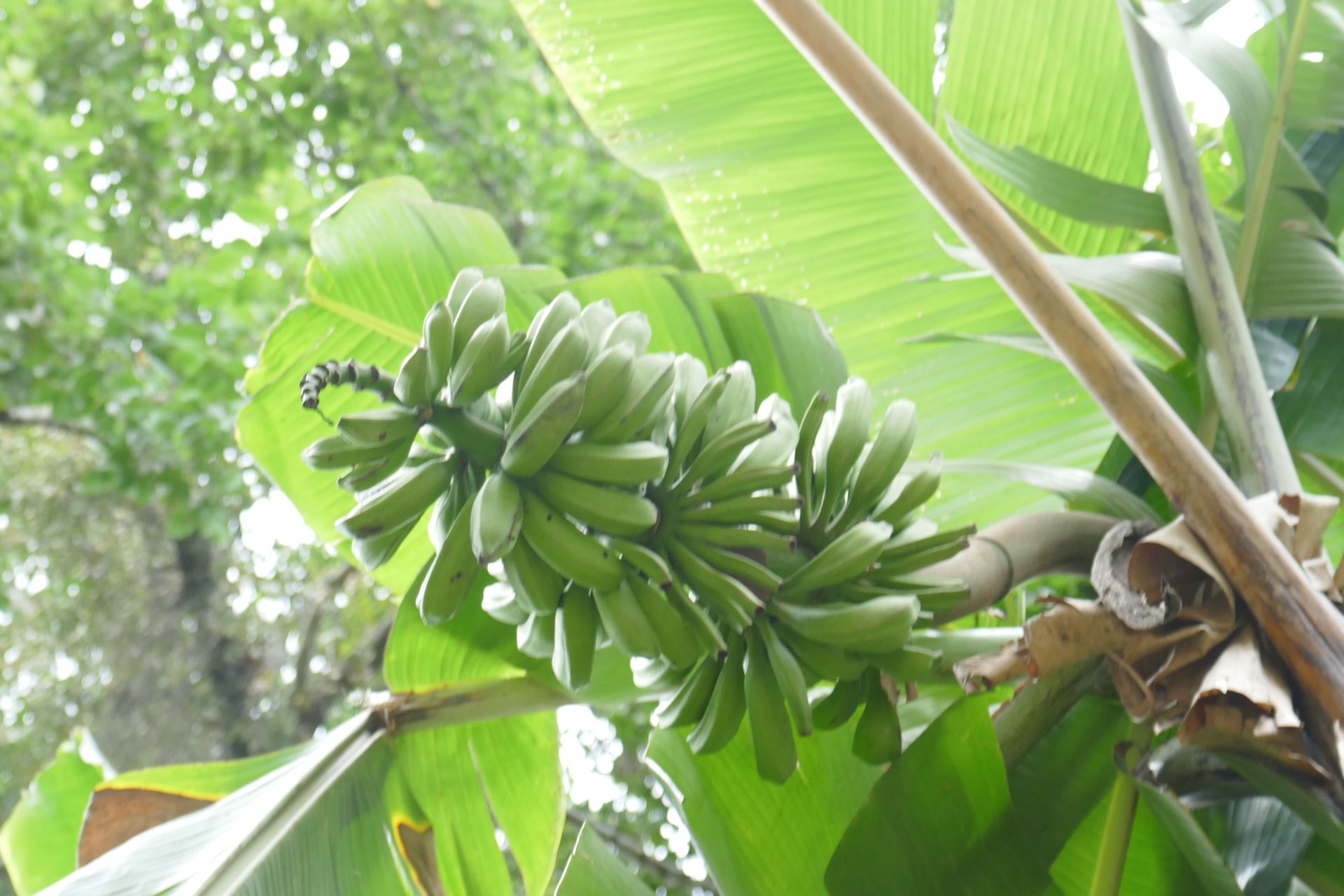
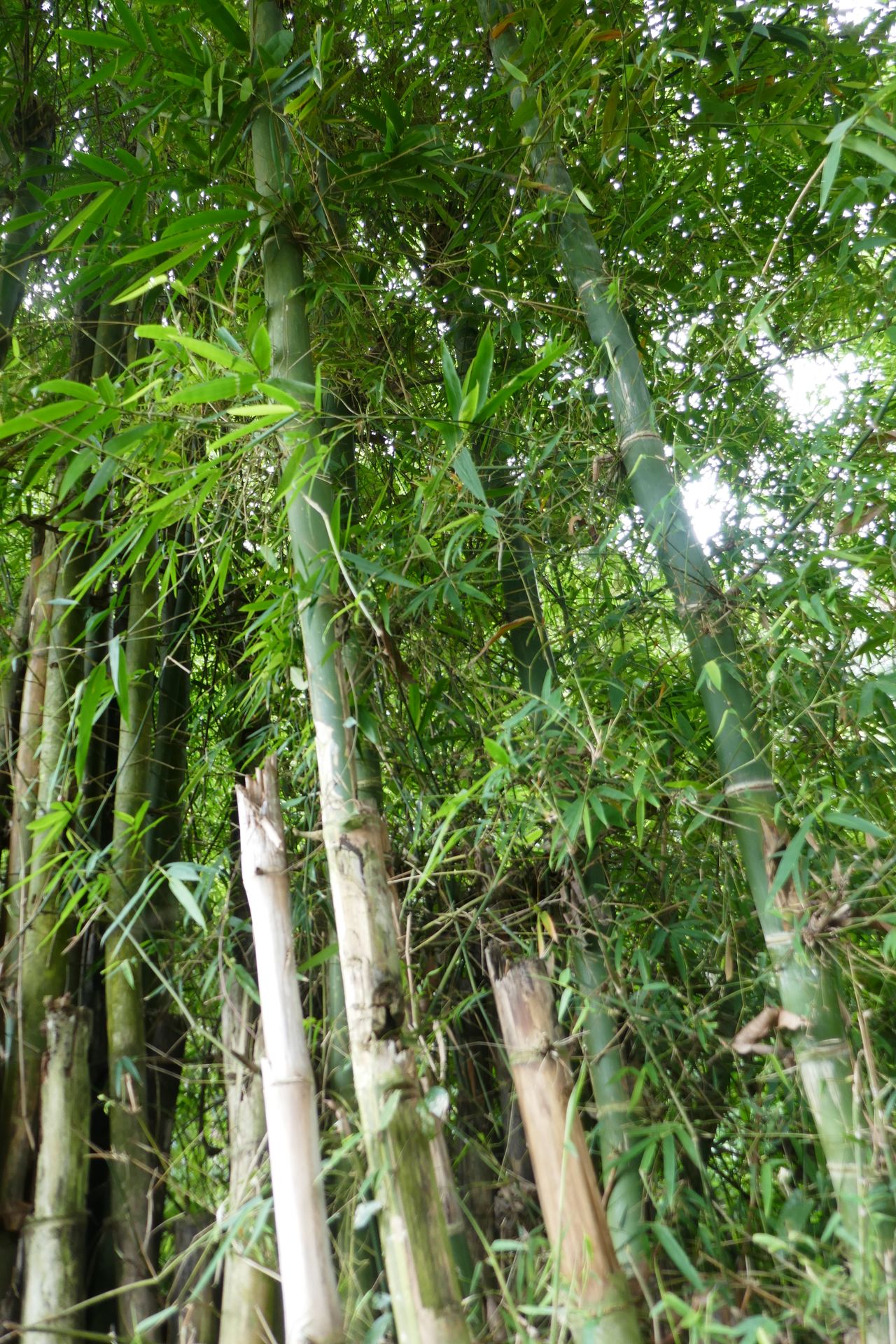
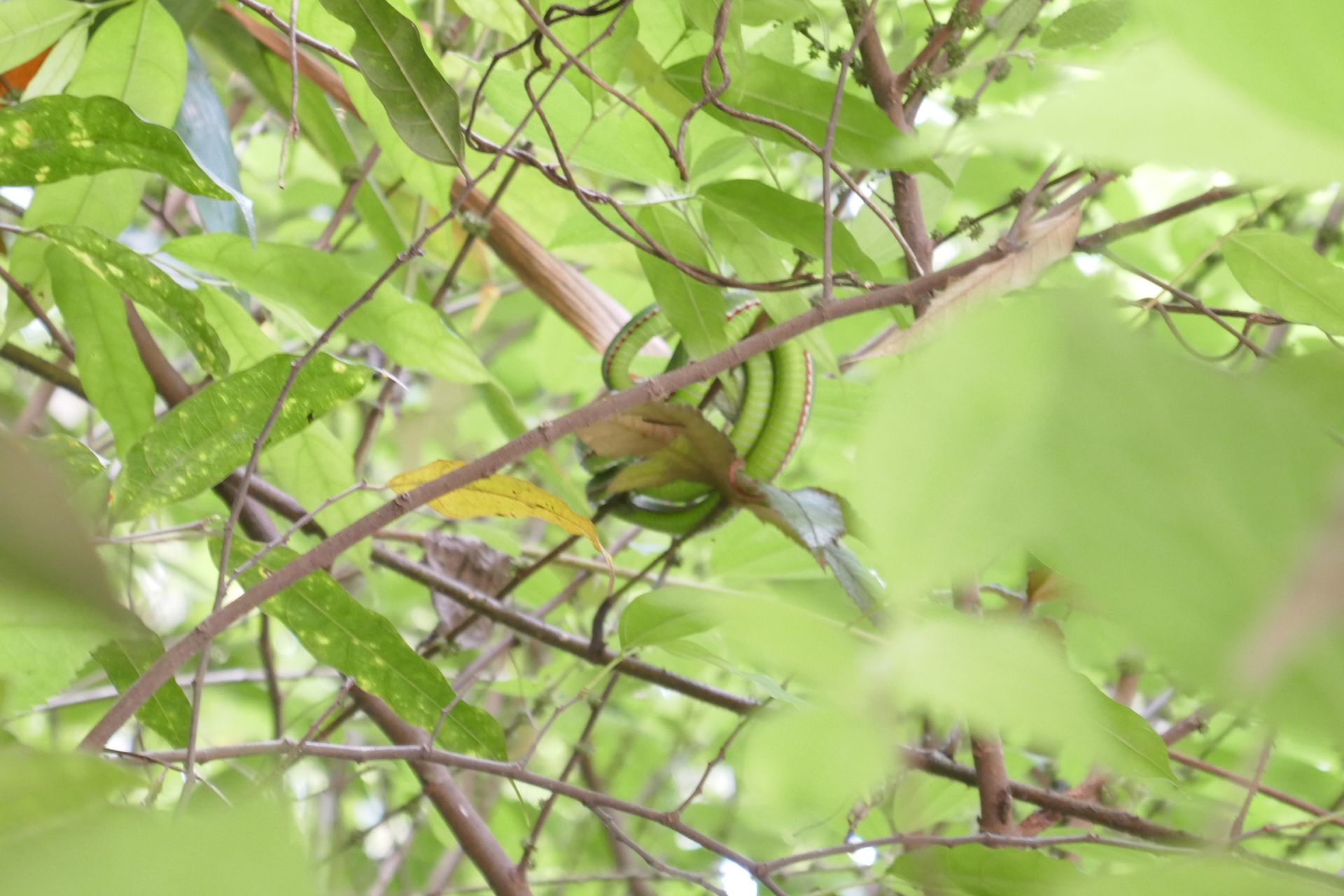
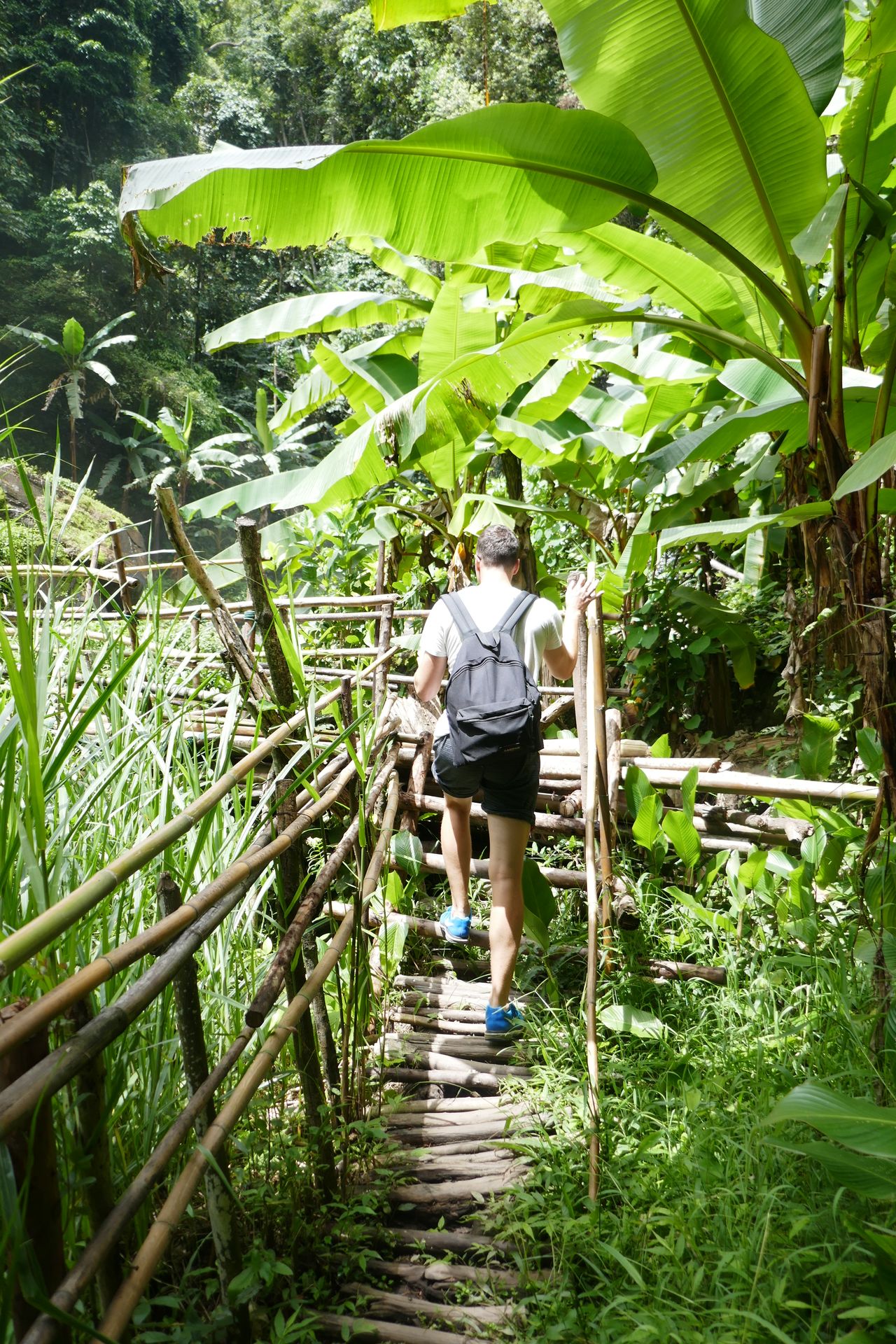
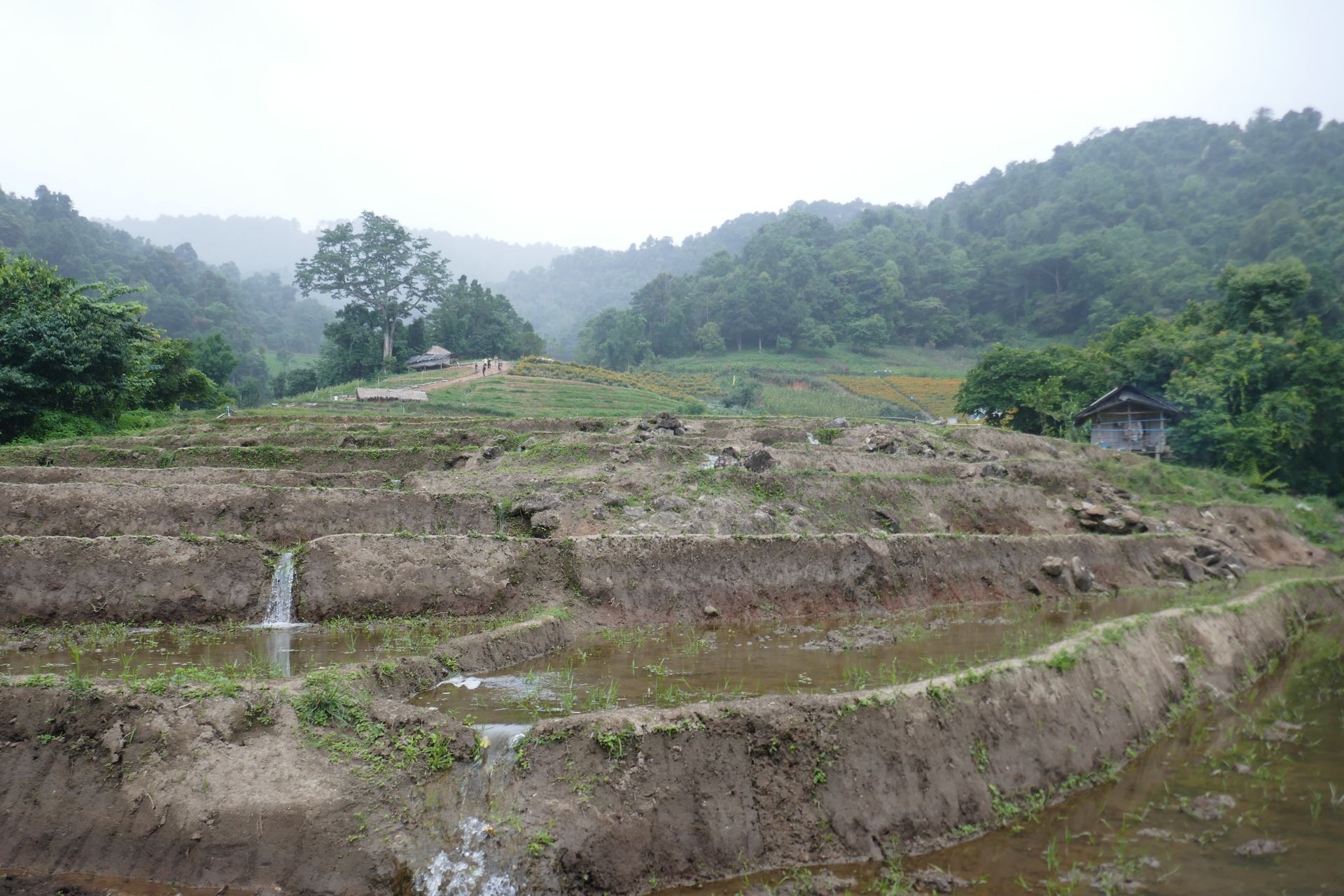

Rice fields, marigold fields, and (still) no rain
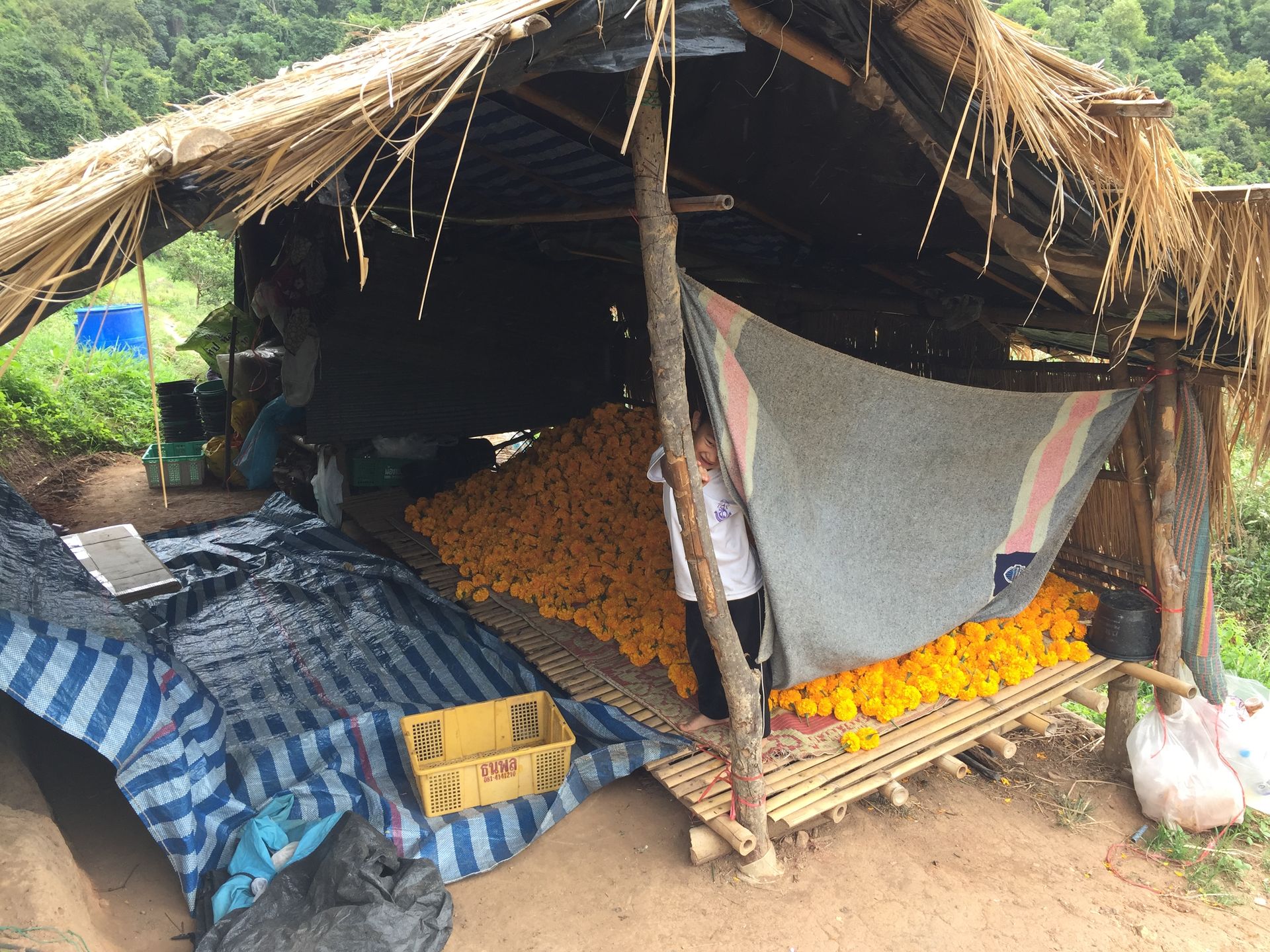
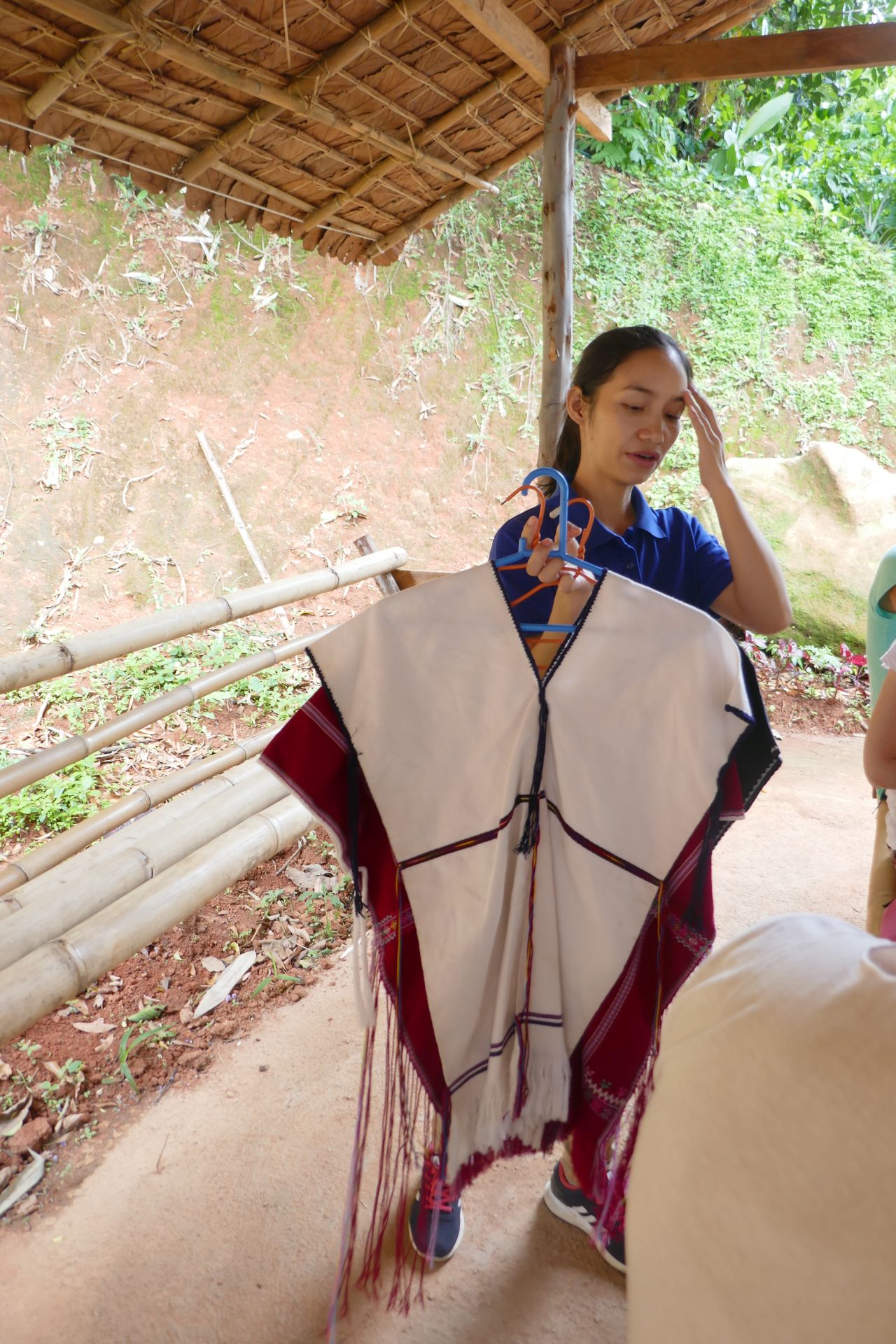
Afterwards, with all our remaining strength, we climbed the highest point in Thailand - just kidding, when the bus stopped, it was only a 2-minute walk. It had started pouring rain, so it was a short pleasure, but also a mystical one...




In general, it is advisable to always carry a longer skirt/pants or a scarf to put on, as sometimes there is a rental fee. Although it's extra weight to carry, it makes you more flexible in case you spontaneously spot a beautiful temple and there is no skirt available for rent. The crowning moment of this really cool tour, despite the weather, was a market. Like everywhere, you could buy almost anything there. We particularly negotiated with sellers of vegetable and banana chips, as well as dried mangosteen. Our tour guide proved to be particularly clever here (as we have noticed with many Thai women): at one stand, she offered Max a female vendor with the words 'She is a good woman. She has money. Forget about your girlfriend.' Nadine agreed to this if she received the entire food stand in return.
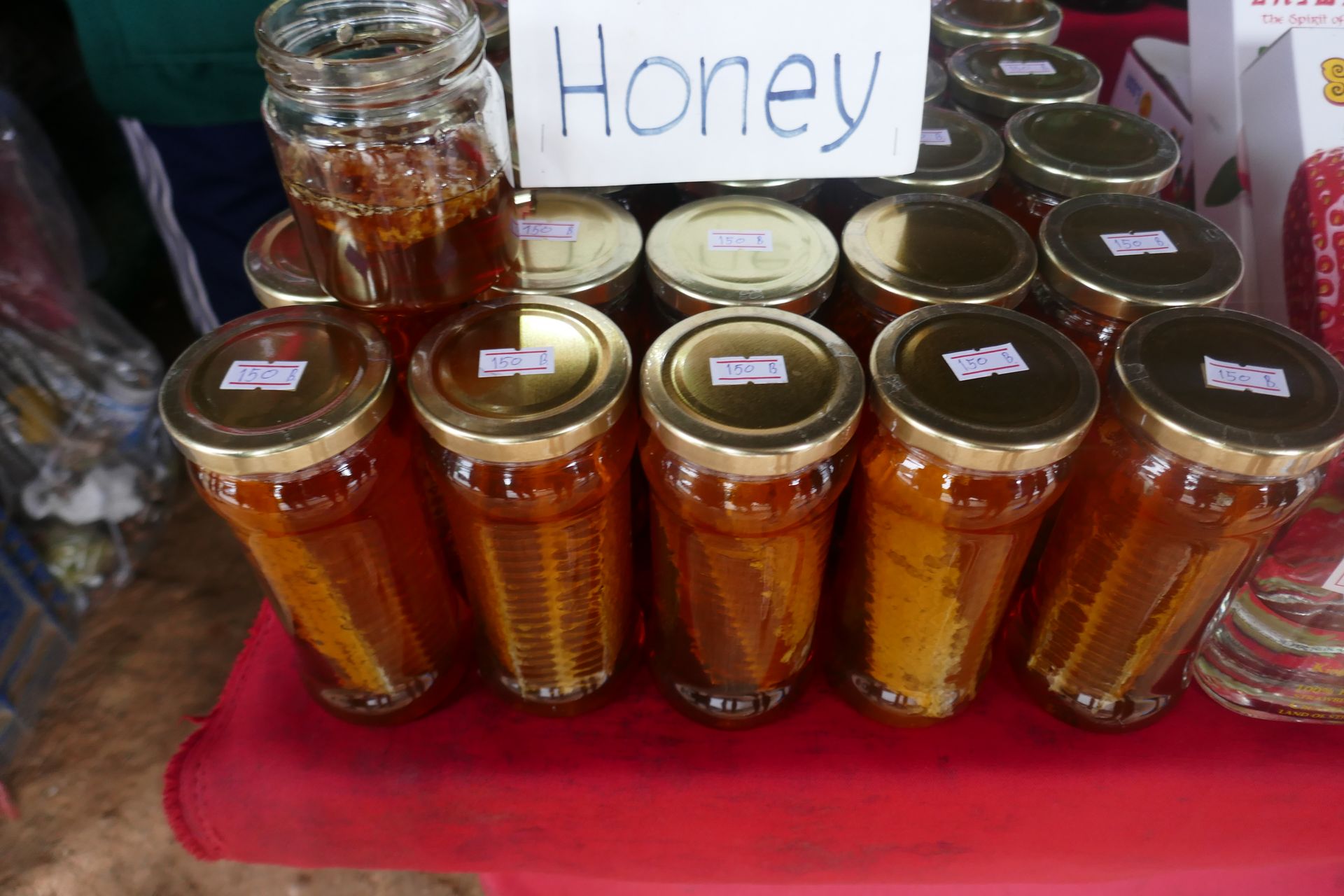
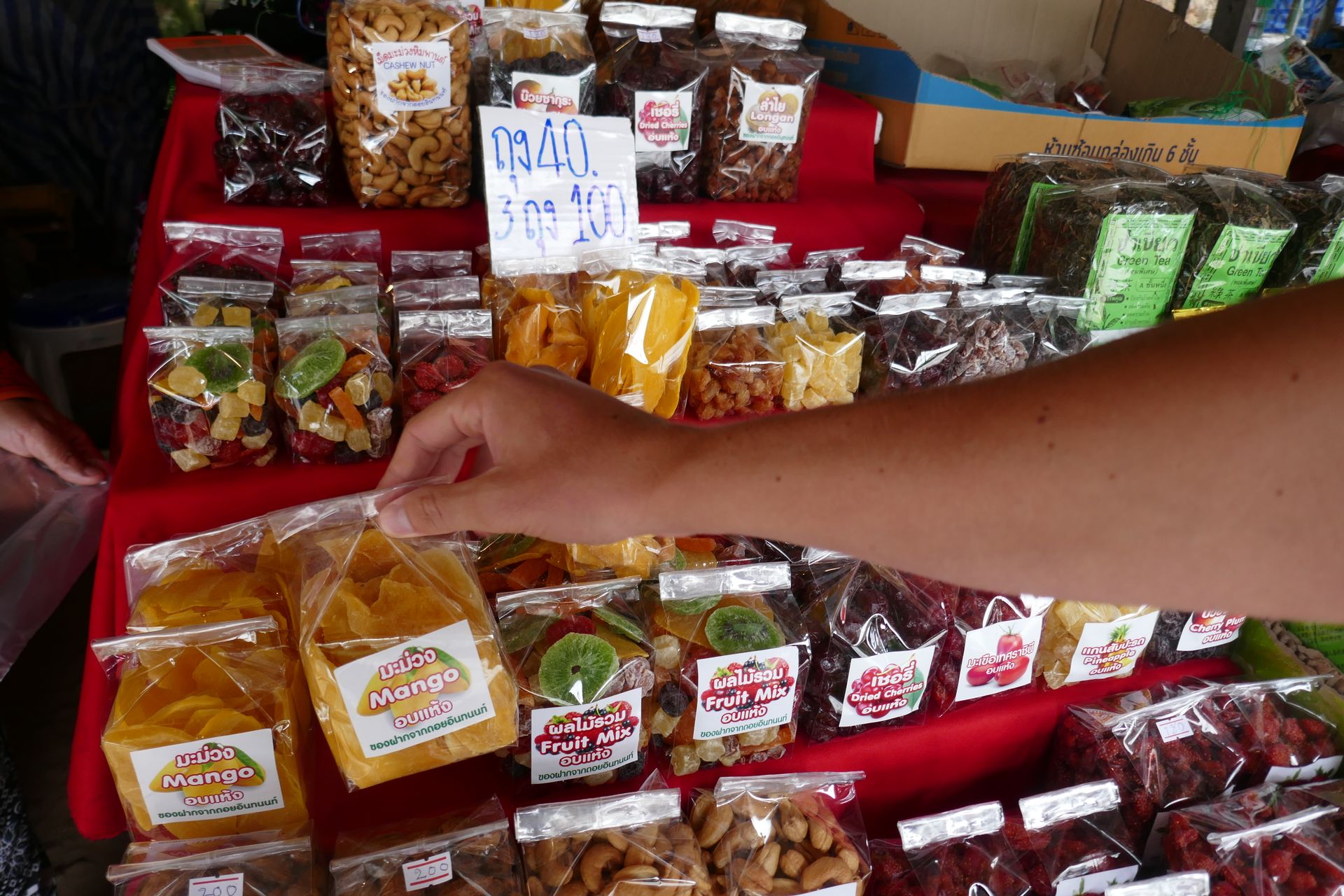
Around 5:30 p.m., we returned to our accommodation and planned the rest of our days.
Our last day in Chiang Mai started off relaxed: we took a well-known red shared tuk-tuk (the more people join, the cheaper the ride) to get to the famous Wat Phra That Doi Suthep (temple).
We only had to climb the 300 steps and then we saw the beautiful golden temple on the one hand and enjoyed a great view of the city on the other.

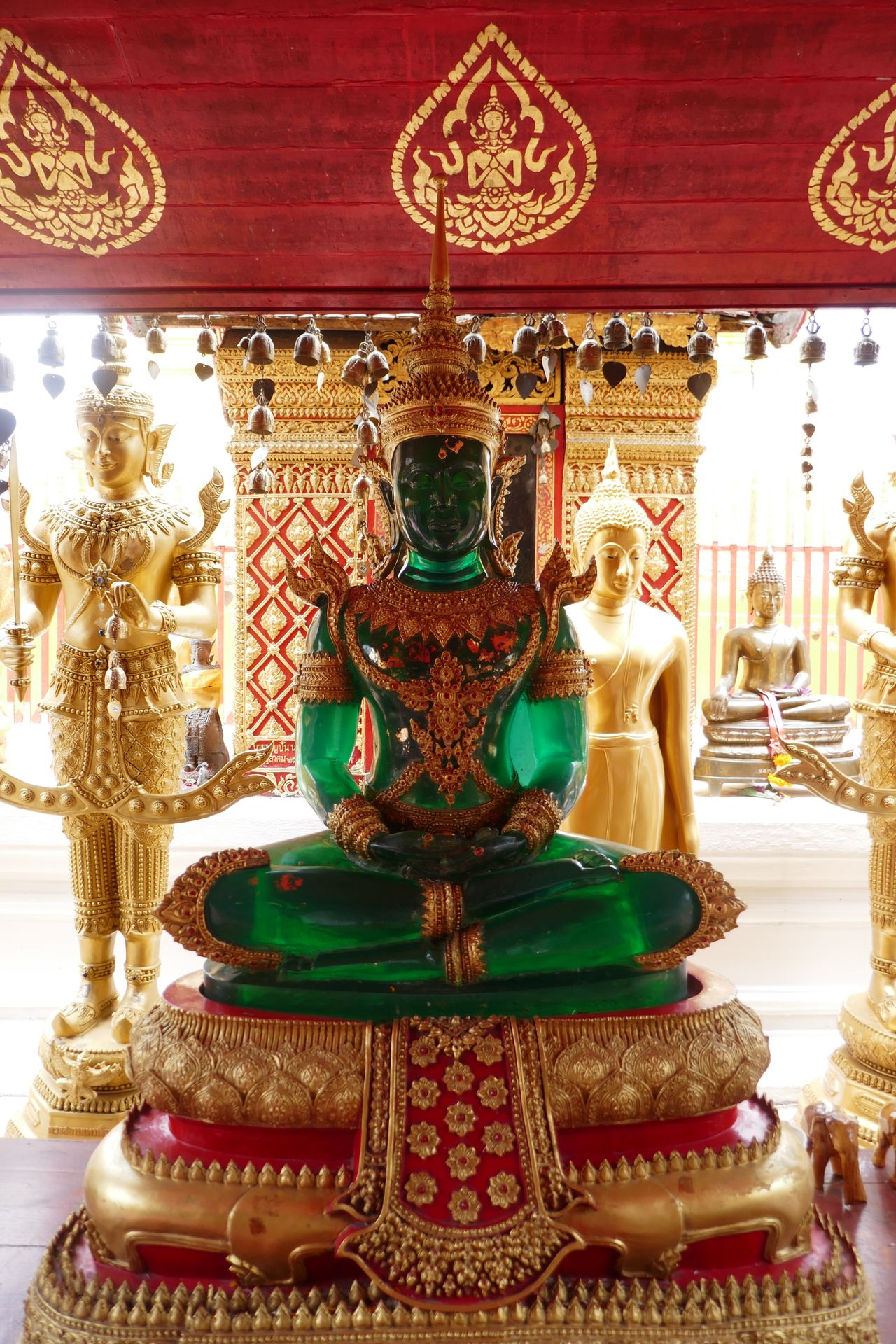

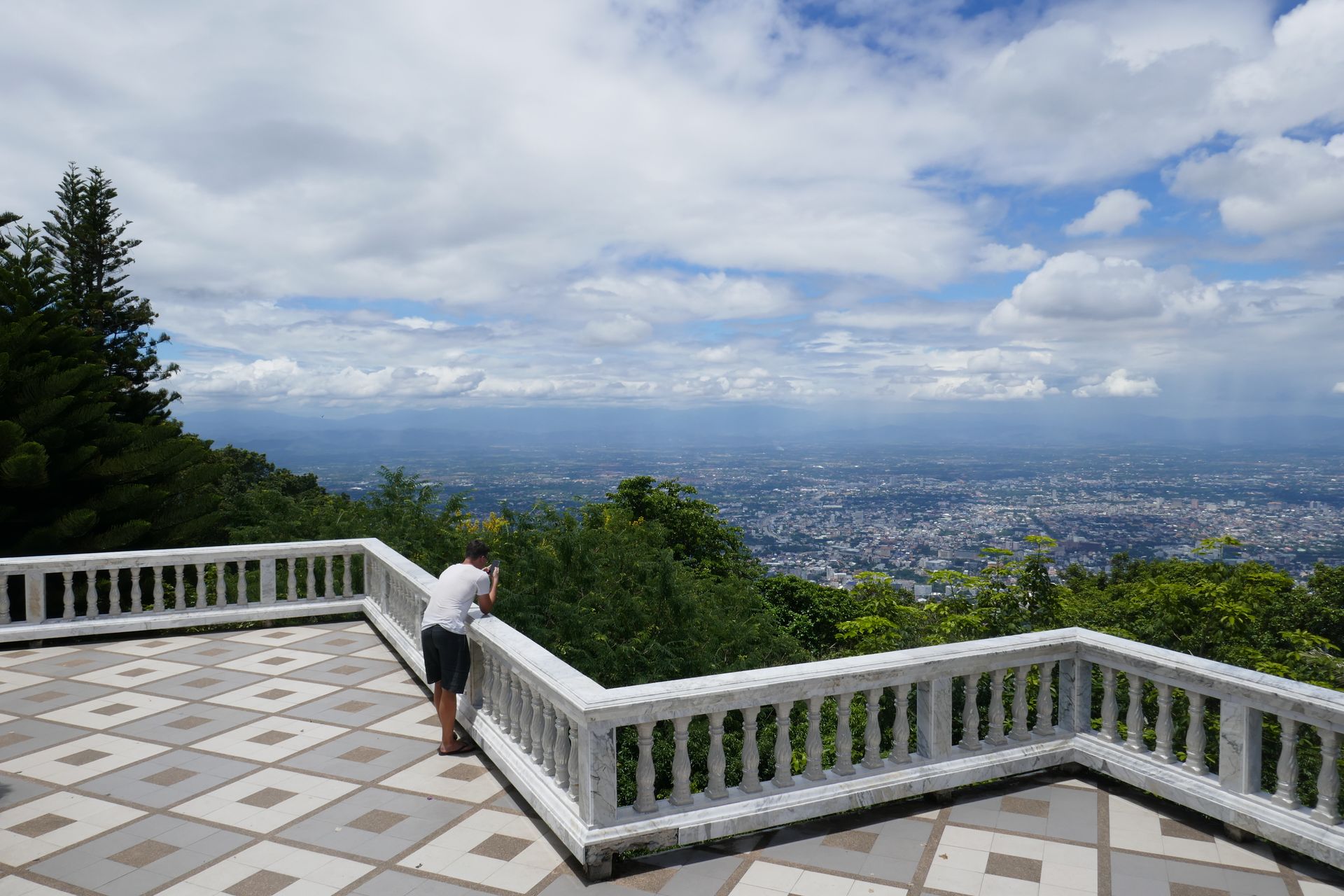
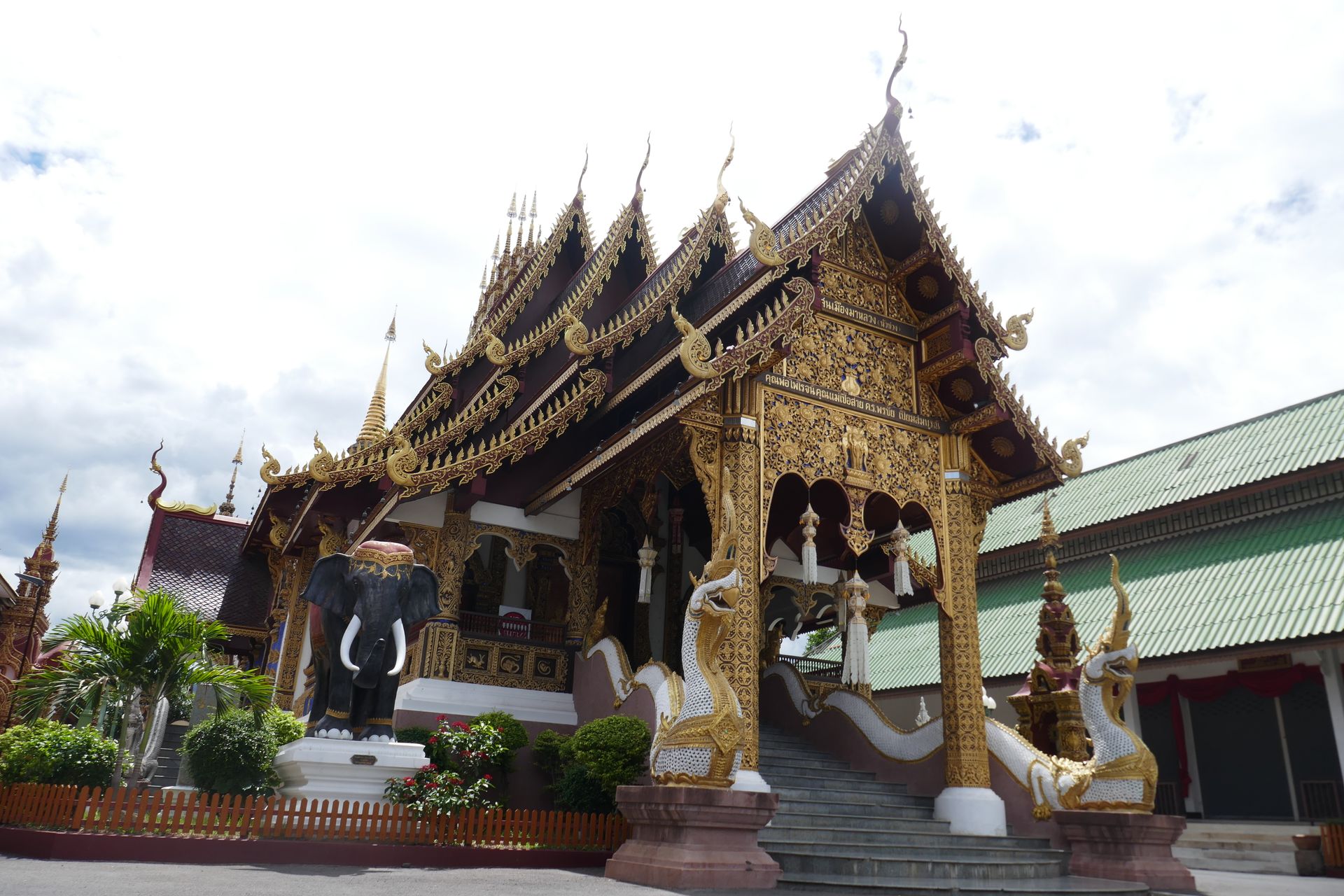
After this morning excursion, lunch was due. One of the dishes was the popular and well-known papaya salad in Thailand - which, despite the emphasis on 'please not too spicy,' still contained a good amount of chilies. Otherwise, it was really delicious!
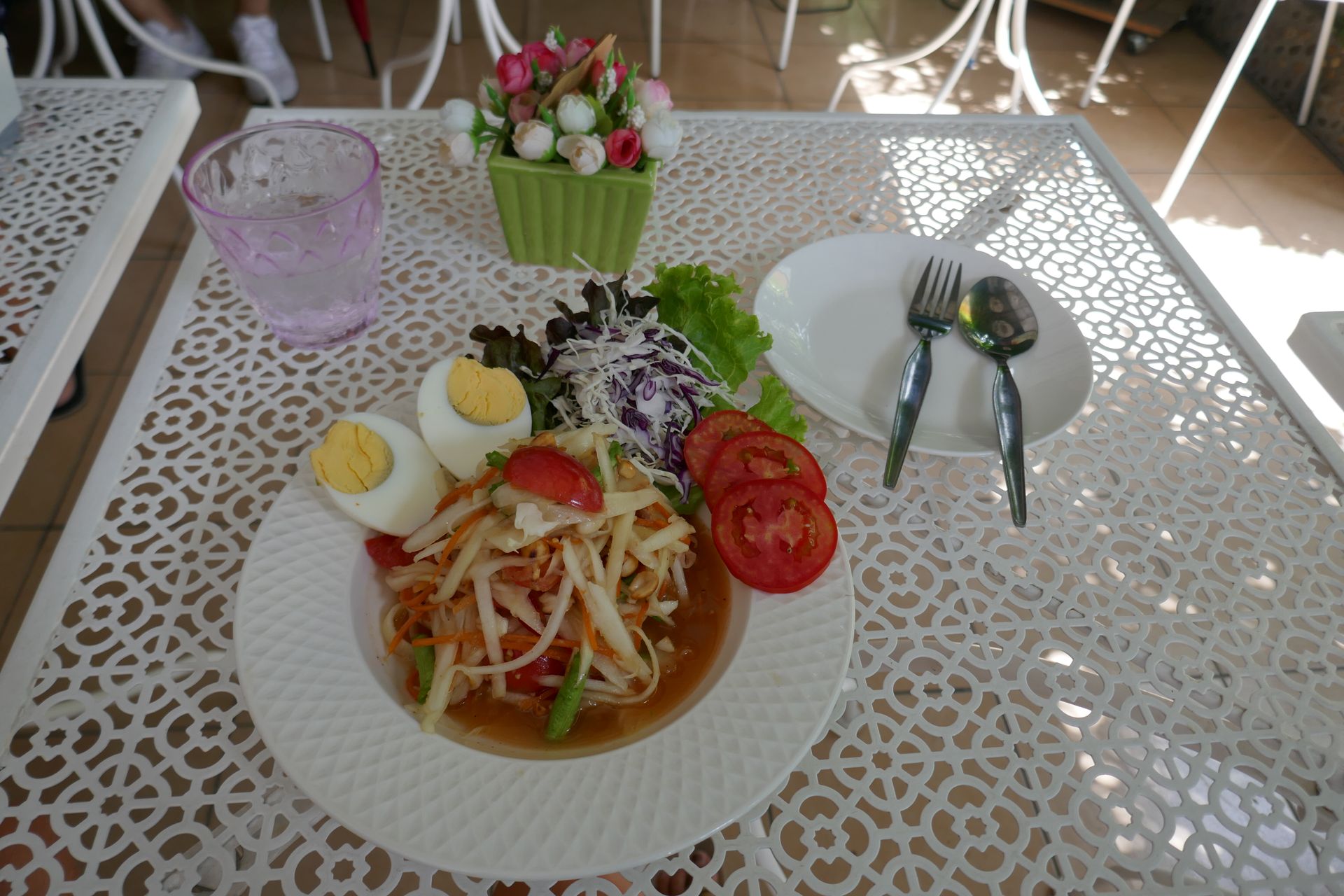
Afterward, we actually just wanted to buy some food for our upcoming overnight bus ride - but then a 'Thai Massage' sign smiled very friendly at us. We thought we could spare half an hour for that. So, off we went:
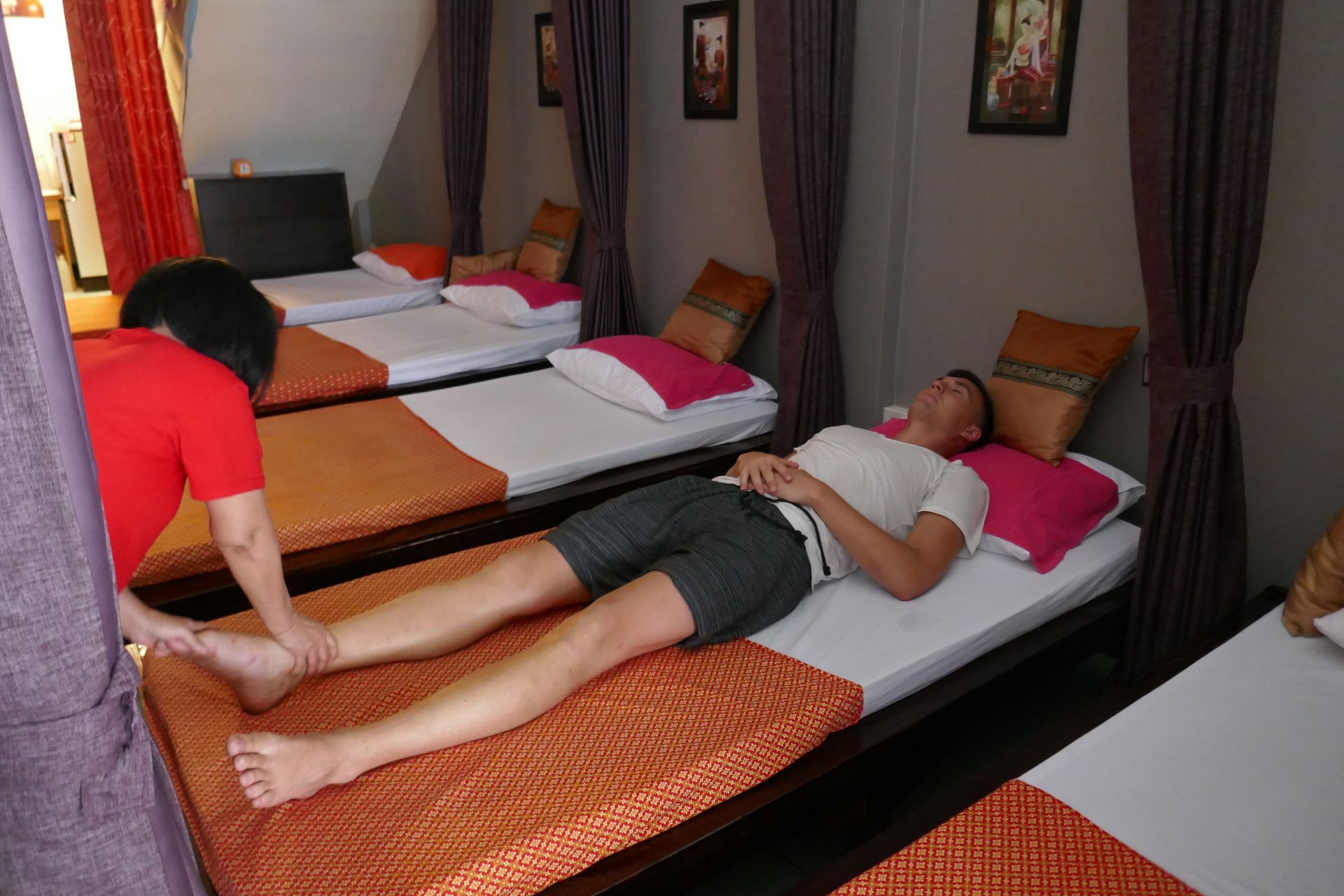
After this lovely ending, we could embark on our trip to Bangkok in a relaxed manner. The situation on the bus promised to be pleasant: only nine people had booked.
Subscríbete ao Newsletter
Resposta

